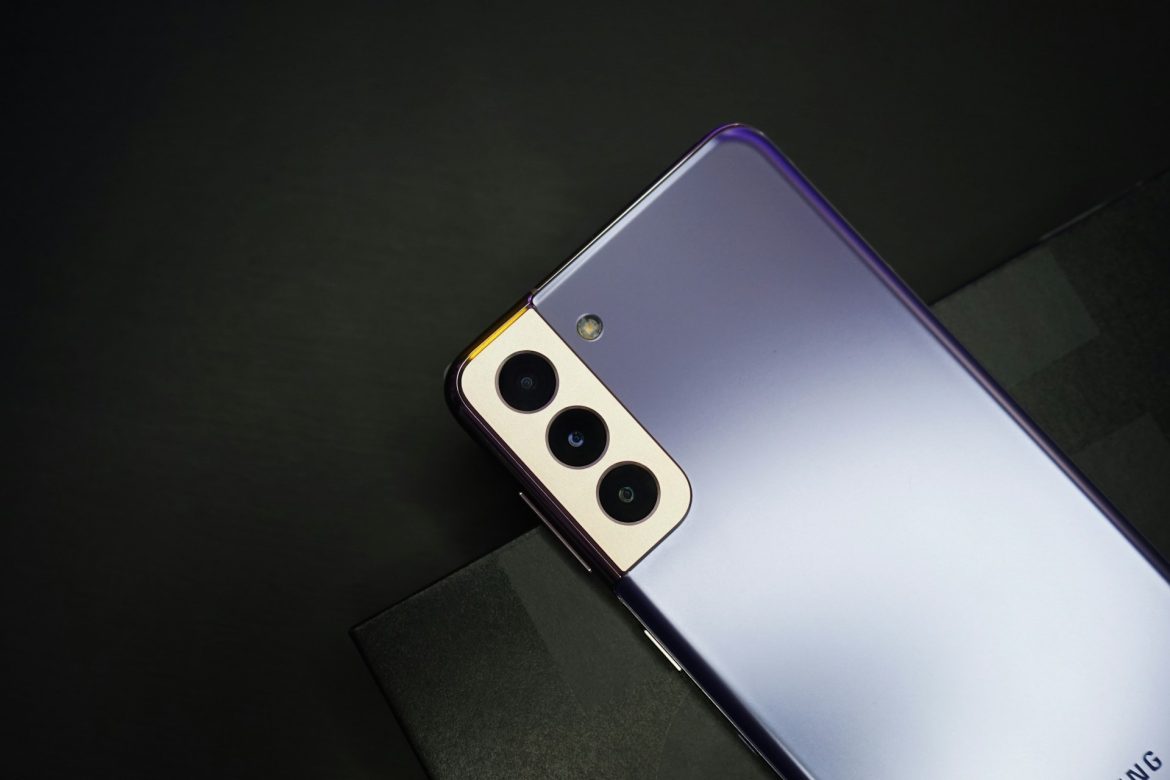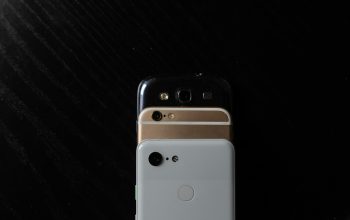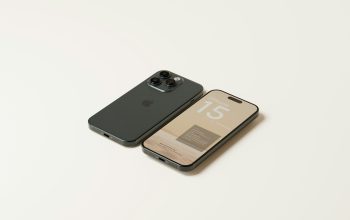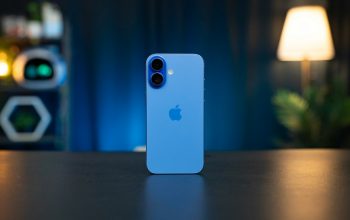Samsung has long been a leader in the premium smartphone market, consistently pushing the boundaries of innovation with its flagship Galaxy Ultra series. The latest iteration, the Samsung Galaxy S24 Ultra, brings several enhancements over its predecessor, the Samsung Galaxy S21 Ultra, which debuted three years earlier. While both devices boast impressive specs, they cater to different needs and preferences. This comparison highlights the key differences and improvements between the two models, helping users make an informed decision.
Design and Display
Both the Galaxy S21 Ultra and S24 Ultra feature a 6.8-inch Dynamic AMOLED display with a 120Hz adaptive refresh rate, ensuring smooth scrolling and an immersive viewing experience. However, the S24 Ultra has a slightly lower resolution at 3088 x 1440 pixels, compared to 3200 x 1440 pixels on the S21 Ultra. The difference in pixel density is minor, with 516 PPI on the S21 Ultra and 501 PPI on the S24 Ultra, making the change almost imperceptible in everyday use.
One of the biggest upgrades in the S24 Ultra is its peak brightness, which reaches 2600 nits, significantly surpassing the 1500 nits found on the S21 Ultra. This makes the newer model much easier to use in direct sunlight. Additionally, Corning Gorilla Glass Armor on the S24 Ultra provides superior scratch resistance compared to the Gorilla Glass Victus used on the S21 Ultra.
Performance and Hardware
The Samsung Galaxy S24 Ultra comes with a Qualcomm Snapdragon 8 Gen 3 processor, built on a more efficient 4nm process, whereas the S21 Ultra is powered by the Snapdragon 888, a 5nm chip. The S24 Ultra’s CPU offers a higher clock speed, with its primary Cortex-X4 core reaching 3.39GHz, compared to the 2.84GHz Kryo 680 core in the S21 Ultra. This translates to better performance and power efficiency, especially for gaming and multitasking.
In terms of RAM and storage, both models include 12GB of RAM, but the S24 Ultra utilizes LPDDR5X, which is faster and more power-efficient than the LPDDR5 RAM on the S21 Ultra. Additionally, the S24 Ultra offers 256GB of base storage (UFS 4.0), doubling the 128GB (UFS 3.1) base storage found in the S21 Ultra. However, neither device supports expandable storage via microSD.
Camera System
Samsung’s camera technology has seen major improvements between these two models. The S24 Ultra boasts a 200MP main camera, compared to the 108MP sensor in the S21 Ultra. This upgrade allows for sharper images, improved low-light performance, and better zoom capabilities.
The telephoto setup also sees significant changes. The S21 Ultra features two 10MP telephoto lenses, one with 10x periscope zoom and another with 3x optical zoom. In contrast, the S24 Ultra swaps out the 10x periscope lens for a 50MP telephoto lens with 5x optical zoom. While this may seem like a downgrade in zoom range, the higher resolution allows for more detailed hybrid zoom shots.
For selfie enthusiasts, the S21 Ultra offers a 40MP front-facing camera, whereas the S24 Ultra reduces this to 12MP. Despite the lower resolution, Samsung has optimized the new sensor for better color accuracy and dynamic range.
Battery and Charging
Both smartphones are powered by a 5000mAh battery, ensuring all-day performance. However, the S24 Ultra supports 45W wired charging, while the S21 Ultra is limited to 25W. Both models feature 15W wireless charging and reverse wireless charging, allowing users to charge other devices on the back of the phone.
Software and Features
Out of the box, the S24 Ultra runs Android 14 with Samsung’s One UI, while the S21 Ultra launched with Android 11 but has since been updated to Android 14. The key difference lies in long-term software support—the S24 Ultra is guaranteed to receive updates for several more years than the S21 Ultra.
Additionally, Samsung has integrated advanced AI features into the S24 Ultra, such as Galaxy AI-powered enhancements for photography, text suggestions, and real-time call translations. These AI-driven functionalities are not available on the older model.
Final Verdict
The Samsung Galaxy S24 Ultra brings notable improvements in camera technology, processing power, display brightness, and AI-driven features, making it a strong choice for those upgrading from older models. However, the S21 Ultra remains a capable device, especially for users who don’t need the latest AI features or can find the older model at a discounted price.
For users who prioritize cutting-edge performance and photography, the S24 Ultra is the clear winner. But for those looking for a premium device at a lower cost, the S21 Ultra is still a great option in 2024.



